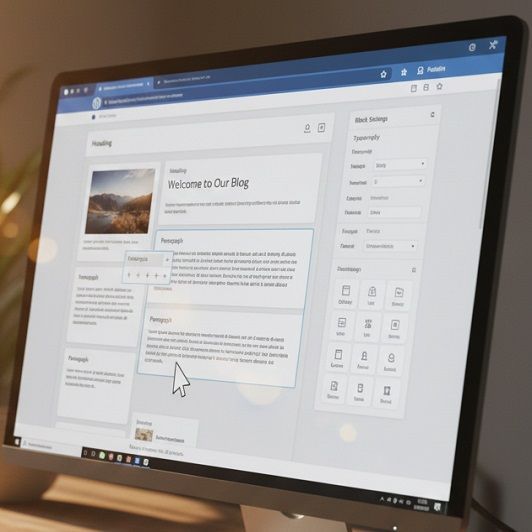An Apple Byte : Apple Warns Against Force-Closing iPhone Apps
An Apple Byte : Apple Warns Against Force-Closing iPhone Apps
It’s been reported that Apple has advised on its discussion forum that force-closing apps on an iPhone can negatively impact device performance and battery life.
Contrary to the common belief that swiping apps closed conserves battery, Apple has clarified that recently used apps are not actively running but are in a “standby mode”. Because they are suspended, they don’t actually consume system resources or drain battery life.
Apple advises that swiping apps closed (force-closing apps) should be reserved only for instances when an app becomes “unresponsive”. Regularly closing apps forces the system to reload them entirely upon reopening, which consumes more processor cycles and, consequently, more battery power.
For businesses, this practice can lead to inefficiencies, especially in environments where employees rely on multiple apps throughout the day. Encouraging staff to leave apps in standby mode can enhance device performance and prolong battery life, reducing downtime and the need for frequent charging.
To optimise battery life, Apple recommends updating to the latest software, lowering screen brightness, utilising Low Power Mode, and disabling Location Services when not needed. Implementing these measures can further support device longevity and efficiency in business settings.
Allowing iPhone apps to remain in standby mode, therefore, rather than force-closing them, aligns with Apple’s design for optimal performance and battery conservation, benefiting both individual users and business operations.



